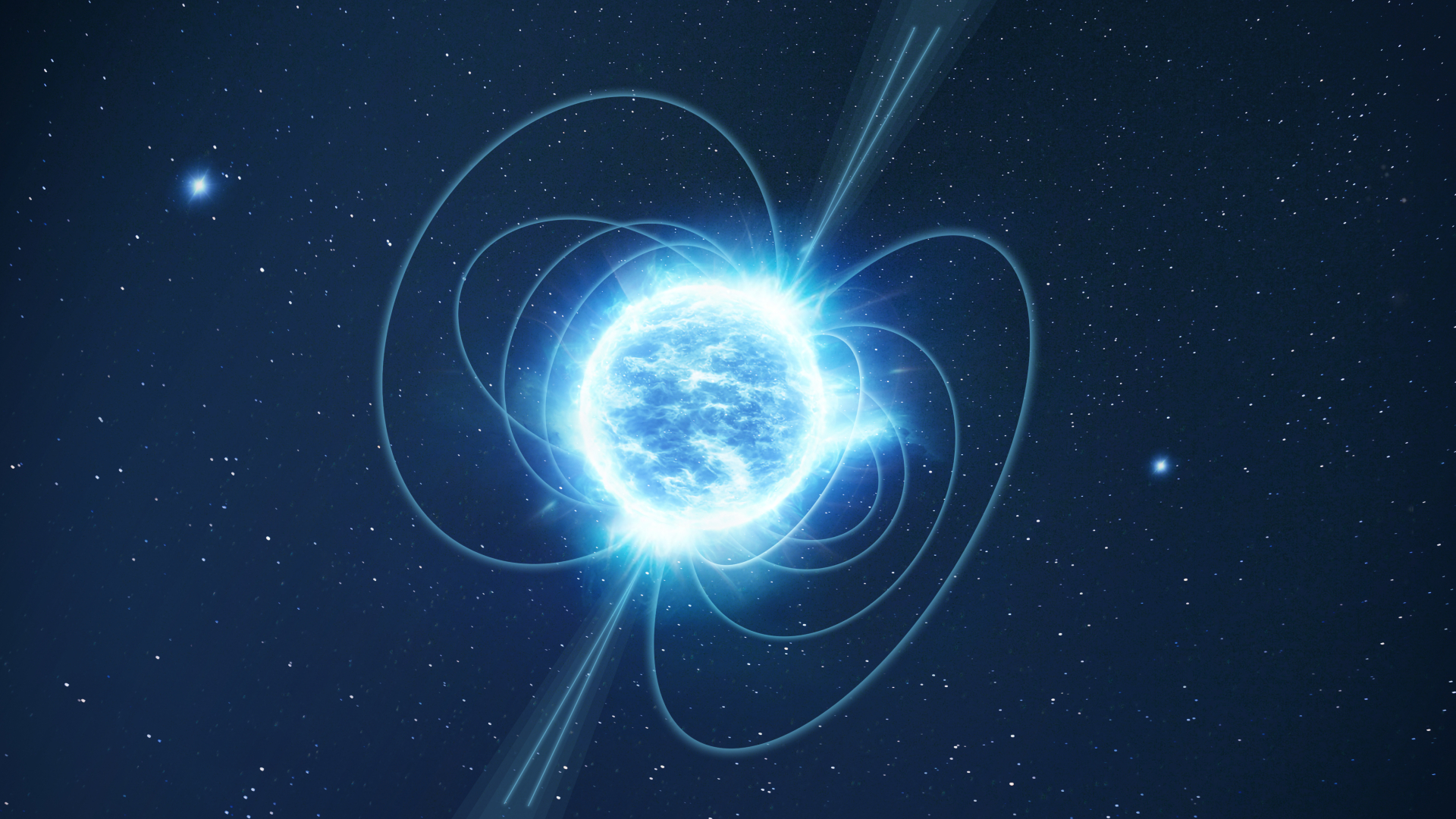Largest-ever discovery of 'missing link' black holes revealed by dark energy camera (video)
"Dramatic activity serves as a beacon, allowing us to identify hidden black holes in these small galaxies."
Astronomers have uncovered a treasure trove of feeding black holes at the heart of dwarf galaxies — small, faint galaxies containing thousands to several billions of stars but very little gas. The discovery, made with the Dark Energy Spectroscopic Instrument (DESI), contains several "missing link" intermediate-mass black holes.
This is both the largest sample of dwarf galaxies with active black holes ever seen and the largest haul of elusive intermediate-mass black holes ever collected. The data could help scientists better understand the dynamics between the evolution of dwarf galaxies and the growth of black holes while building an evolutionary model of the universe's earliest black holes.
However, there is still a mystery associated with this sample: The team behind this discovery was surprised that their data didn't contain more of these mid-sized black holes.
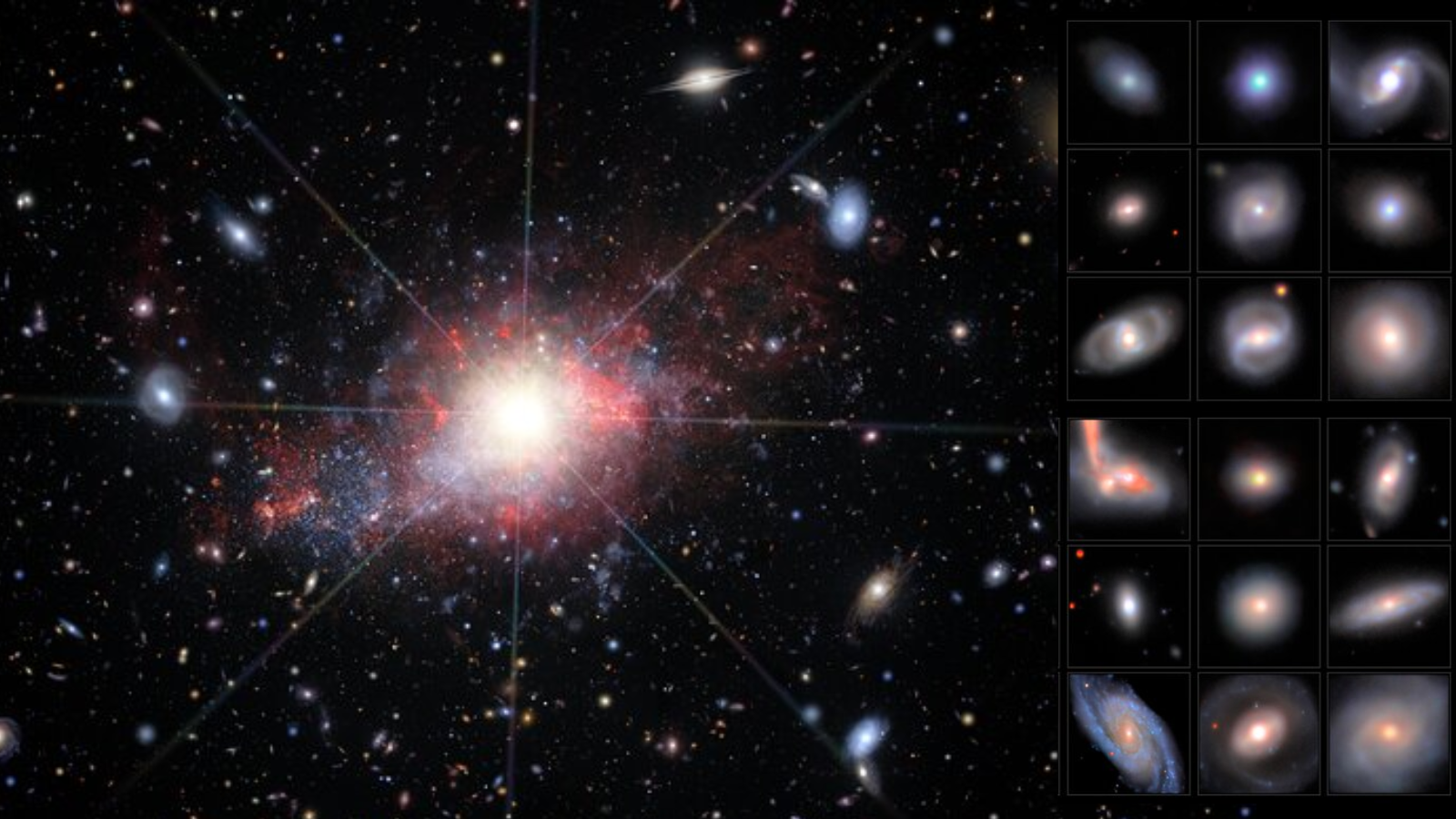
"When a black hole at the center of a galaxy starts feeding, it unleashes a tremendous amount of energy into its surroundings, transforming into what we call an active galactic nucleus," team leader and University of Utah researcher Ragadeepika Pucha said in a statement. "This dramatic activity serves as a beacon, allowing us to identify hidden black holes in these small galaxies."
Some mid-sized black holes are big eaters
Intermediate mass black holes are so fascinating to scientists because they seem to exist within the vast mass gap between stellar mass black holes, which have masses up to 1,000 times that of the sun, and supermassive black holes, which have masses of millions or even billions of times the mass of our star.
These mid-sized black holes are thought to be relics of the first black holes formed in the universe, acting as the "seeds" of the cosmic titans we now call supermassive black holes.
Intermediate-mass black holes could, therefore, be the "missing link" in the growth process that sees stellar-mass black holes grow into supermassive black holes. Yet, intermediate-mass black holes have been frustratingly elusive.
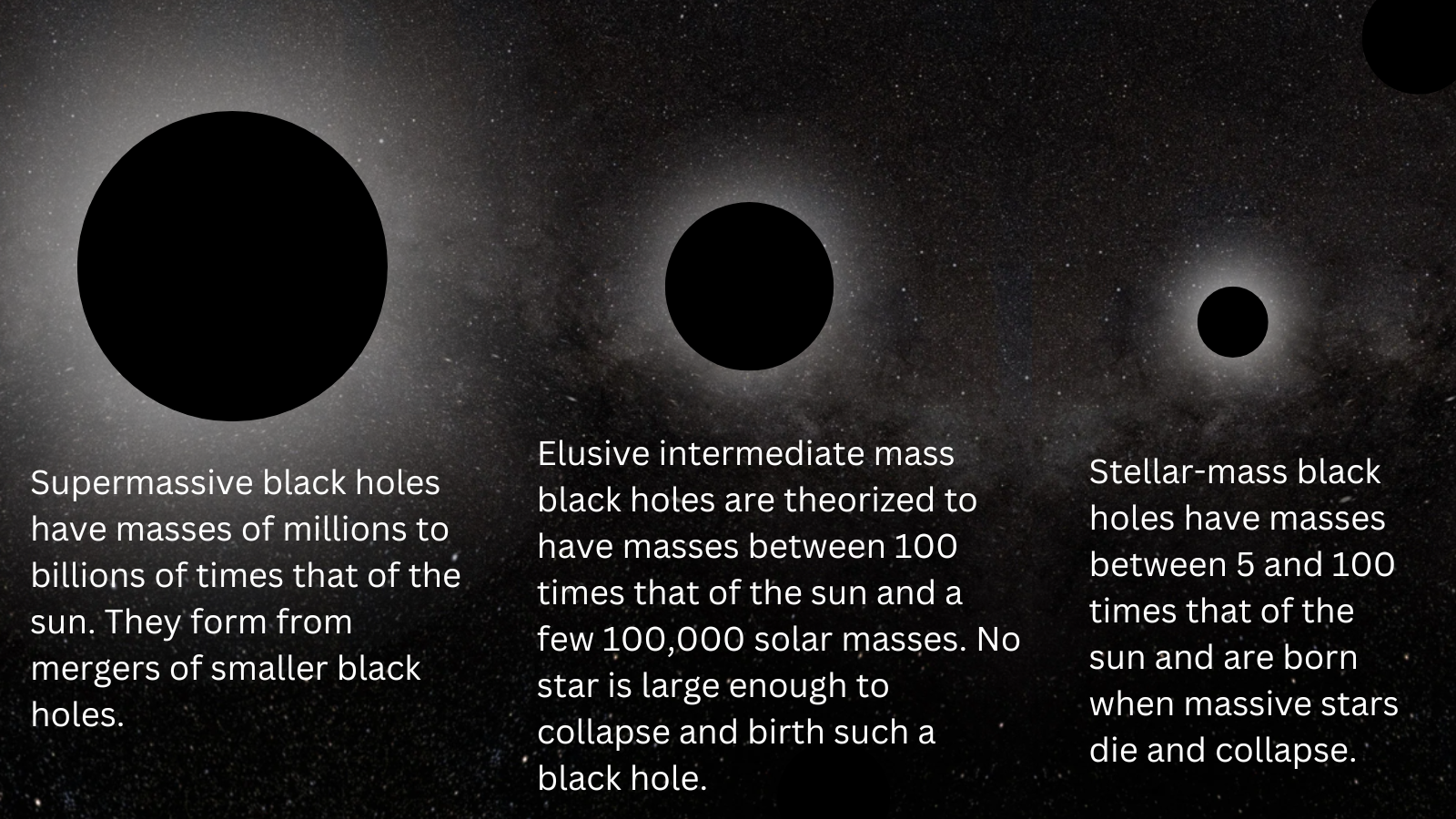
Supermassive black holes are thought to sit at the heart of all large galaxies, and when they are hungrily feasting on gas and dust, they cause this material to grow brightly, with astronomers referring to these regions as "active galactic nuclei (AGNs)."
What is less clear is if smaller galaxies, such as dwarf galaxies, also host supermassive black holes at their hearts. As Pucha explained above, it is easier to hunt black holes of any mass when they are feeding.
Breaking space news, the latest updates on rocket launches, skywatching events and more!
DESI joins the hunt for missing link black holes
DESI, mounted on the Nicholas U. Mayall 4-meter Telescope at the Kitt Peak National Observatory, was ideal for this investigation because it is capable of capturing light from 5,000 galaxies simultaneously.
Pucha and colleagues used data collected during the first year of DESI's five-year mission, which included light from 410,000 galaxies, around 115,000 of which were dwarf galaxies.
From this, the team was able to investigate the connection between the evolution of the dwarf galaxy and the evolution of its central black hole.
This led to the discovery of 2,500 candidate dwarf galaxies hosting an AGN. Representing 2% of the overall sample, this was a much higher rate than found in other similar samples, usually around 0.5%.
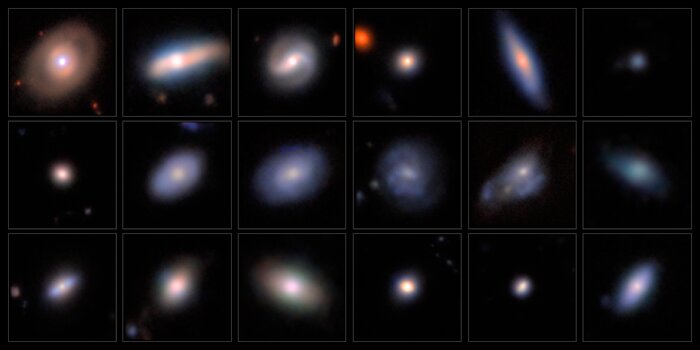
The team also discovered around 300 intermediate-mass black holes. The results suggest that scientists have thus far been missing a substantial number of low-mass black holes.
Thus far, scientists have discovered no more than around 150 intermediate-mass black hole candidates. That means this DESI haul triples the number of known missing link black holes.
The results suggest that scientists have thus far been missing a substantial number of low-mass black holes.
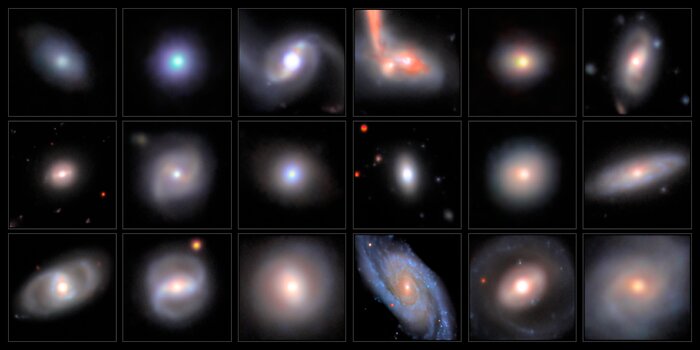
Prior to this research, scientists had expected black holes in dwarf galaxies to be within the mass range of intermediate-mass black holes.
Interestingly, this data suggested that just 70 intermediate-mass black hole candidates corresponded with dwarf galaxy AGNs.
Thus, by discovering the largest batch of intermediate-mass black holes to date, DESI has arguably left scientists with more questions than answers. Luckily, this team is eager to solve these new puzzles.
"For example, is there any relationship between the mechanisms of black hole formation and the types of galaxies they inhabit?" Pucha concluded. "Our wealth of new candidates will help us delve deeper into these mysteries, enriching our understanding of black holes and their pivotal role in galaxy evolution."
The team's research was published on Wednesday (Feb. 19) in The Astrophysical Journal.
Join our Space Forums to keep talking space on the latest missions, night sky and more! And if you have a news tip, correction or comment, let us know at: community@space.com.

Robert Lea is a science journalist in the U.K. whose articles have been published in Physics World, New Scientist, Astronomy Magazine, All About Space, Newsweek and ZME Science. He also writes about science communication for Elsevier and the European Journal of Physics. Rob holds a bachelor of science degree in physics and astronomy from the U.K.’s Open University. Follow him on Twitter @sciencef1rst.
